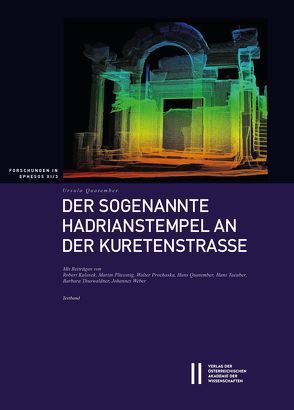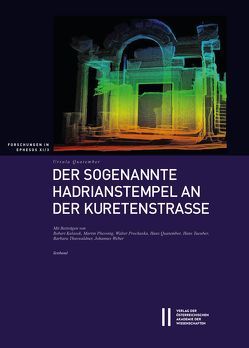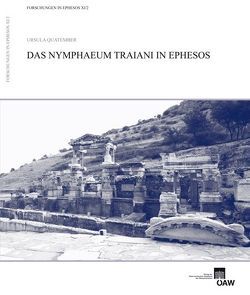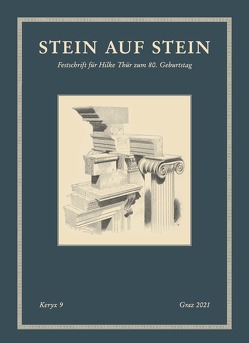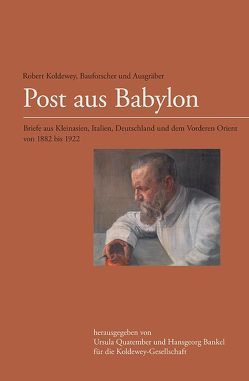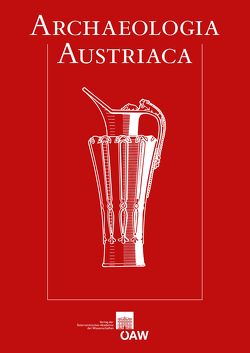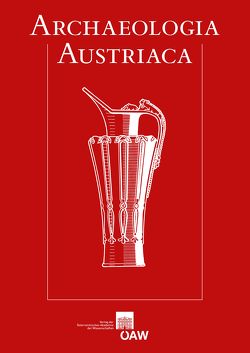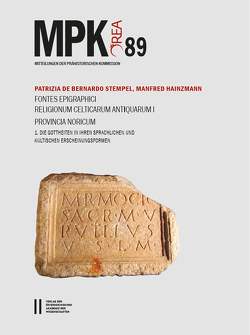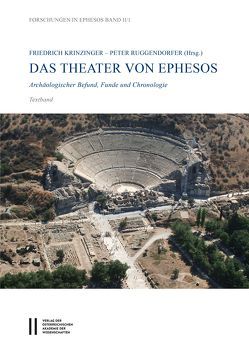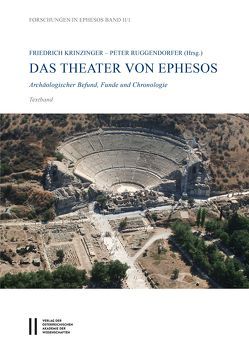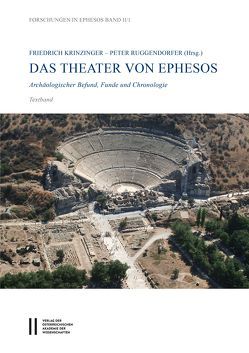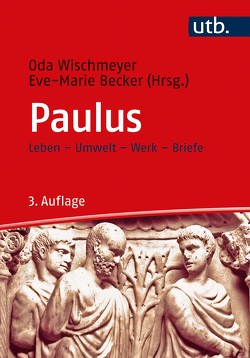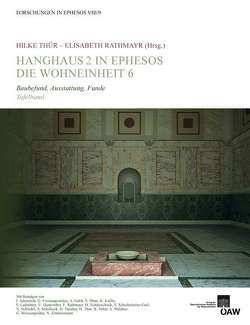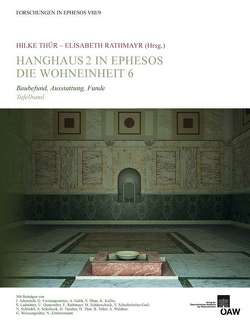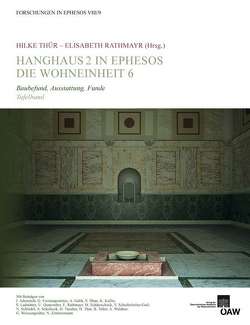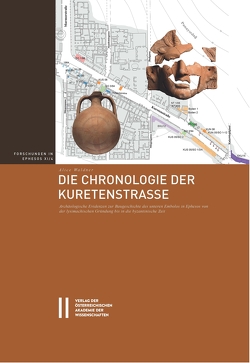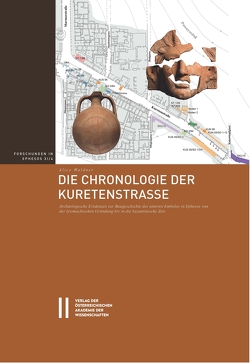Der sogenannte Hadrianstempel an der Kuretenstrasse
Ursula Quatember
The so-called Temple of Hadrian on Curetes Street is one of the best-known monuments of Roman Ephesos. Shortly after its excavation in the 1950s, the small temple was rebuilt, and today its façade dominates Curetes Street, one of the main thoroughfares of the ancient city. The excavator Franz Miltner interpreted the building – presumably in accordance with the building inscription – as the neocorate temple, the ›official‹ temple for a provincial cult of the emperor Hadrian, which was granted to Ephesus between AD 130 and 132. Miltner’s interpretation received criticism, but no alternative explanation could be established. This publication presents the results of a research project carried out between 2009 and 2012 at the Austrian Archaeological Institute providing evidence for the building phases, the decoration and the inscriptions, and a prosopographic view of the benefactors of the temple. According to the new contextual interpretation, the building, which is called a »temple« or »shrine« in its dedicatory inscription, should be seen in the context of religious processions through the city, originating from and leading to the Temple of Artemis, located outside of the city limits.
